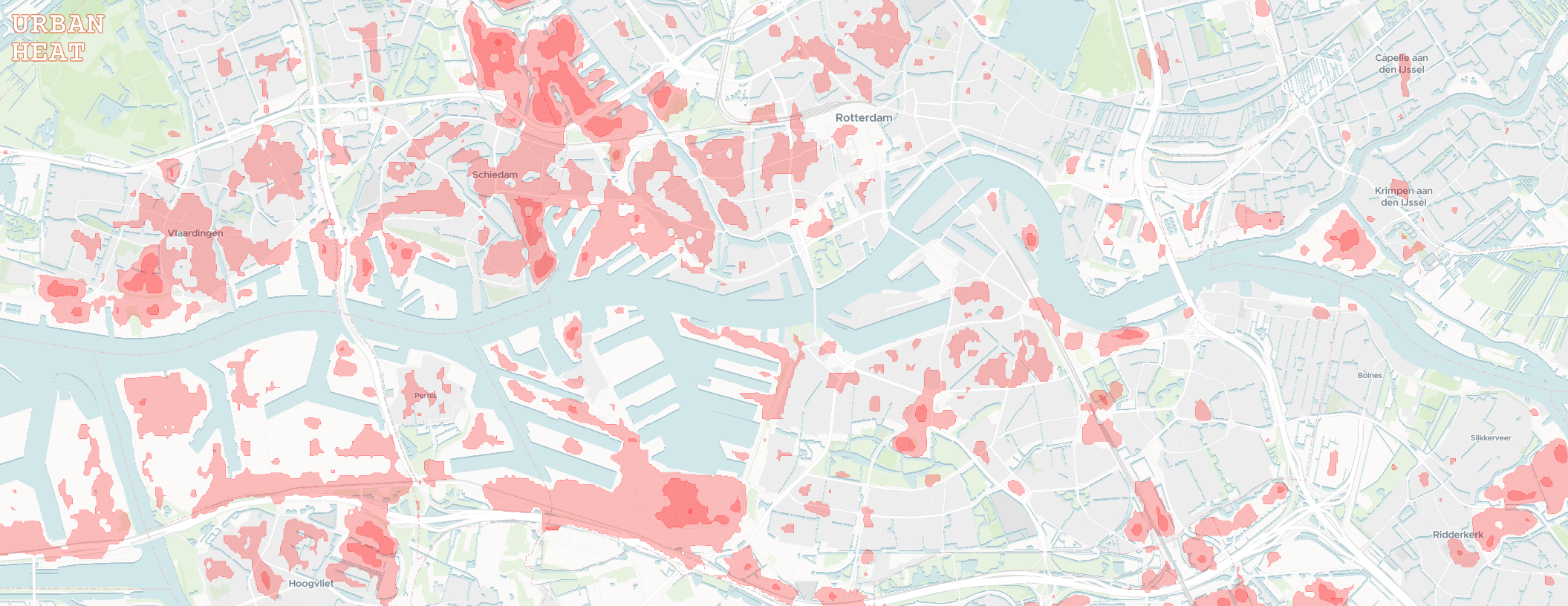GNOME. Love the simplicity!
Always ran xfce on my old used thinkpads!
This just means that this project is still too early in development for you. The breaking changes happening in this phase are going to pay off in the long run and prevent the project from getting bogged down.
I would give it another shot when they release v2
Did you ever find the missing packets?
Sorry, you currently need to click to load another area. You can also navigate with the search bar or randomize by clicking the city icon.
I do want to load things automatically but need to figure out how to avoid hogging to much resources for contouring on the users device.
This is the first time sharing this, so a bit of an early release 😅
If the open source release is adequate then you can just continue using it… Or fork for your needs.
You can always set watchtower to blindly pull for you. If it’s going to be broken anyways, might as well automate the process.
#! brings back some good memories :)
I find Mint to be the most obvious choice for beginners who don’t use Lemmy.
Would never touch it personally, but I found your history of Windows piracy in China very interesting!
In the US the license was always bundled with the hardware unless you build your own. I worked for my university’s computer labs IT department and was able to acquire a key that I used for about a decade. Later, also scavenged a key from an old broken laptop, back when they printed it on the bottom, for my current Windows partition. Best to avoid paying for it…
I’ve been using mostly Windows for a desktop and Linux for servers for many years, but 11 is where I have to call it quits. My old friend Debian leads me forward from here :)
Unpopular choice here but Ubuntu LTS with ubuntu-debullshit (vanilla gnome, replace snap with flatpak).
My main factors:
- stability of the LTS
- drivers and HW support
- tons of resources online
- already use Ubuntu for servers and Raspian on my Pi
I’ve had my fun distro hopping in the past but I just want a low maintenance system nowadays.

Pydantic offers awesome runtime validation (using Rust).